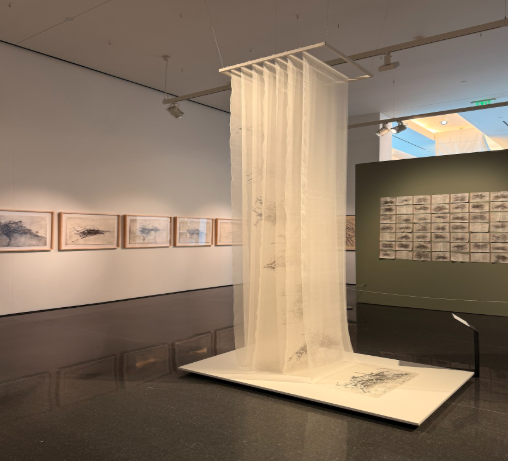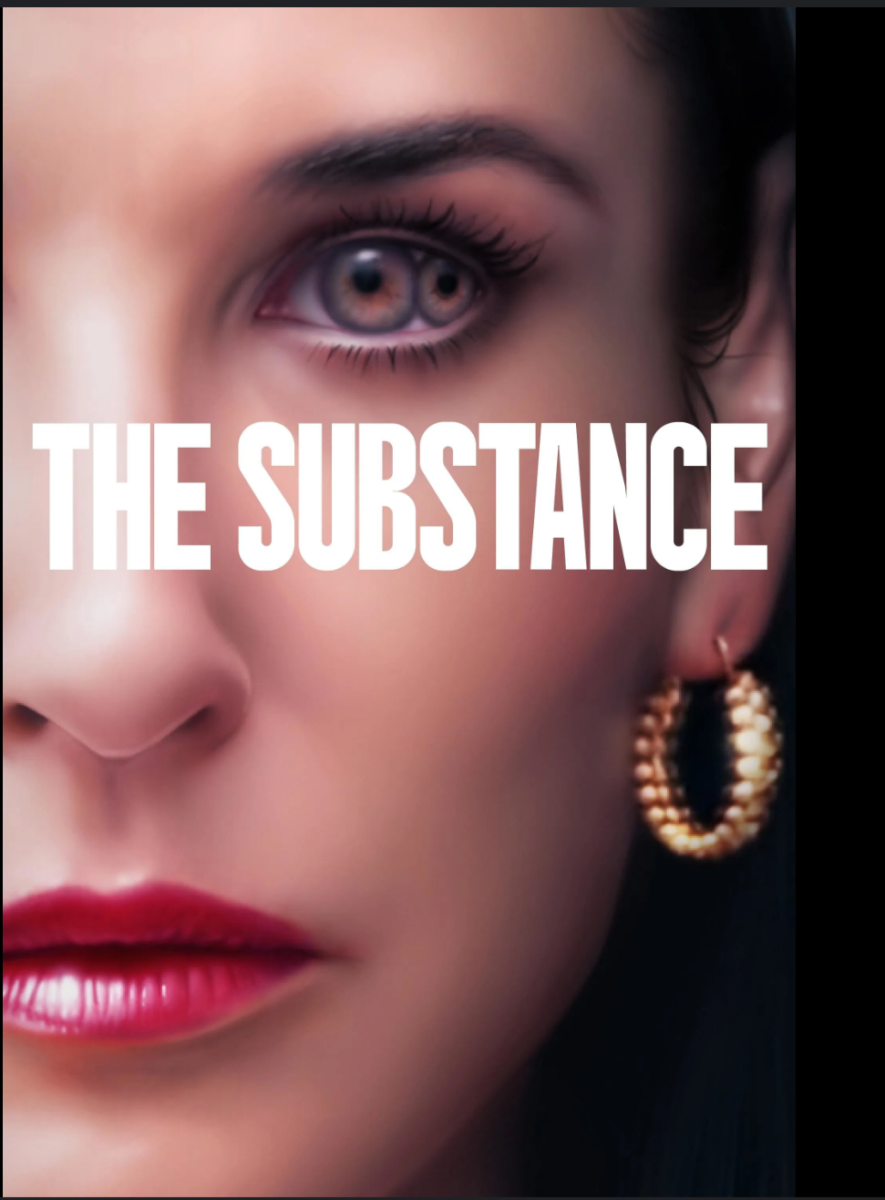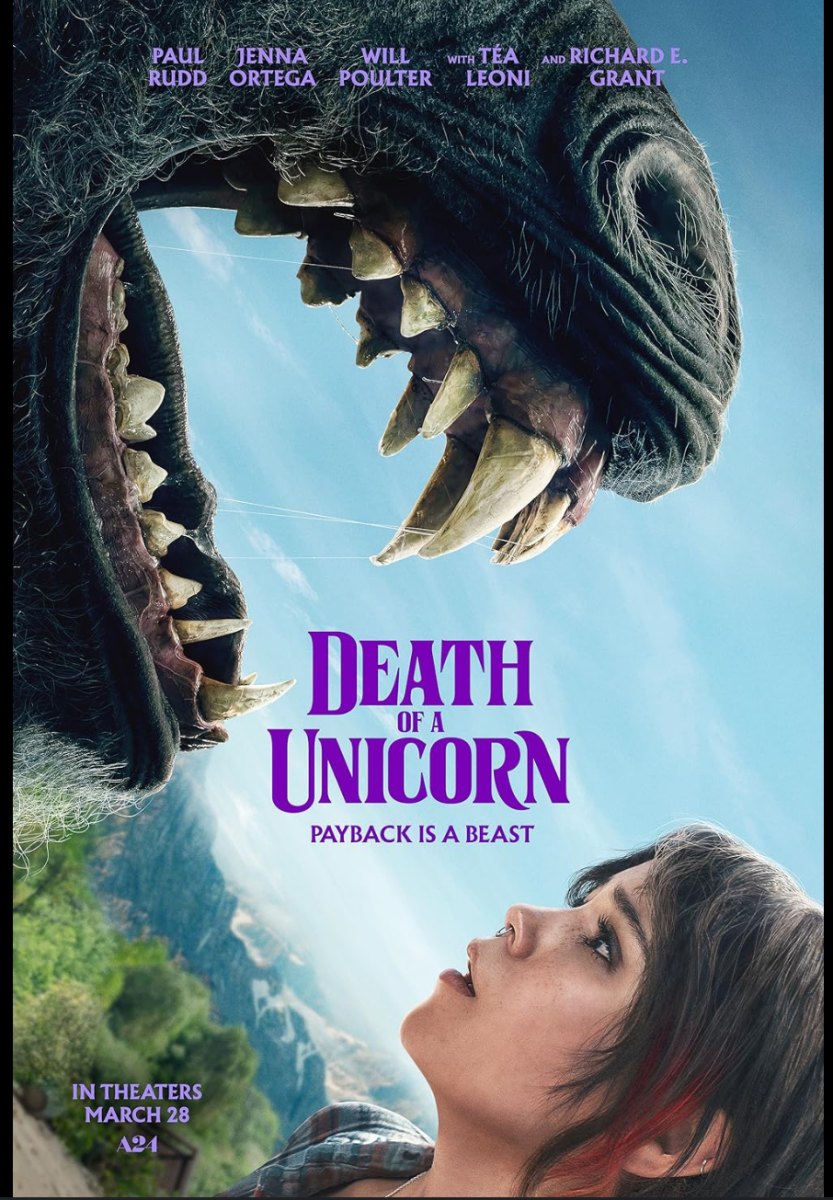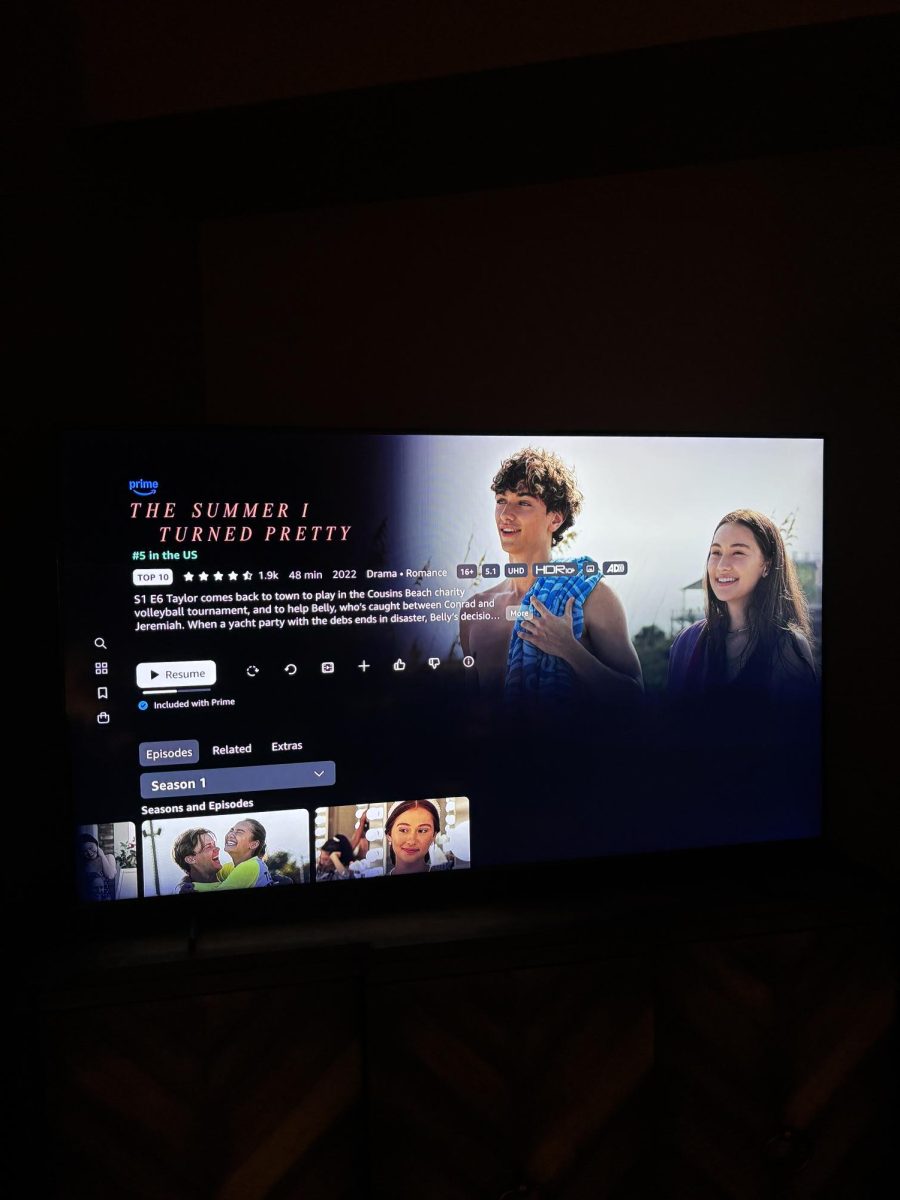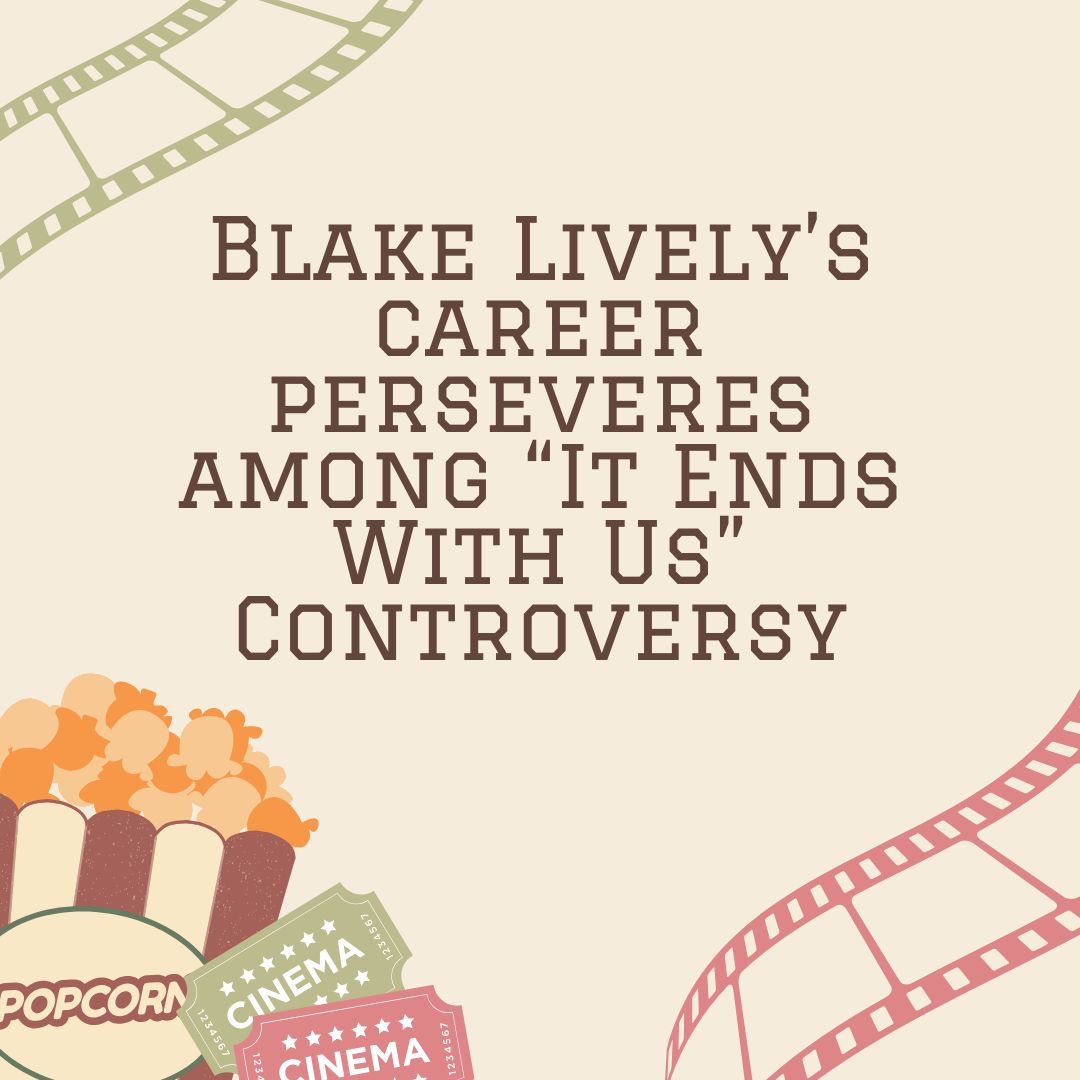Artist Louise Kames focuses on creating art from decay in the natural world, simultaneously exposing the underlying beauty of it and commenting on systemic issues. Her exhibit “I Don’t See Anything That’s Not Beautiful” takes inspiration from two sources interconnected through themes of nature.
Louise Kames is a professor of art at Clarke University in Dubuque. Her work is largely inspired by the natural world and themes that can be drawn from it. She serves on the City of Dubuque’s Art of the River Committee and has shown her art throughout the Midwest, including in the Rock Island Art Guild Fine Arts Exhibition. Her exhibit now resides on the first floor of the Figge Art Museum.
Kames curated her exhibit with the help of Joshua Johnson, the art curator for the Figge and this exhibit. “Our conversations about a solo exhibition began about two years ago, giving us ample time to plan the show and its accompanying programming,” Johnson shared. “Fortunately, Louise had a strong vision for what she wanted to include.”
After discussions about the exhibit, a layout was proposed to test components such as accent colors and placement. This part of the creative process is crucial, as it dictates the flow of the art through the exhibit.
Johnson’s role extended beyond planning the exhibit. “Creating a successful exhibition involves countless moving parts,” he added. “I helped oversee the exhibition’s installation, draft loan/exhibition contracts and marketing materials, and collaborate with the Figge team to ensure smooth programming.”
All of this planning creates a cumulative theme and experience for viewers of the art. “Slow down your seeing” is a directive Kames encourages viewers to follow. “This opens the door to seeing and feeling the sensitive and often ephemeral relationship between physical spaces and memory form.” Kames incorporates themes of loss, change and impermanence through depictions of the natural world.
The exhibit has two parts. The first is of a tree in her backyard that is slowly decaying.
The second is from the experiences of a sister at Mt. Carmel Motherhouse in Dubuque, Iowa who has dementia.
The first part, named Willow, features woodcut prints and pastel and charcoal drawings of a slowly decaying willow tree in Kames’s backyard. The prints depict the eventual decline of a tree from the effects of a drought in Iowa. The installation comments on climate change and the eventual decay of life due to it.
The second part exhibits pastel drawings, paper prints and silk organza, featuring images of stick piles. “I use different mediums as I believe that is a decision that can add meaning to the art work,” shared Kames. These were inspired by stick piles made by a sister, Sister Pat, at Mt. Carmel Motherhouse in her early stages of dementia, something that artist Louise Kames noticed during her daily walks. “I learned that the sister did this activity to calm herself,” Kames said. “I found this to be a profound ritual and, over two years, took many photos of the small stick piles. These photos became the visual source material for the artworks.”
Kames then interviewed the sister about her practice of creating these stick piles. “I don’t see anything not beautiful in this pile of twigs,” she said, thus creating the inspiration and name of the exhibit.
When first entering the exhibition, seven pastel drawings of stick piles line the far wall. Each drawing is of a different stick pile, but as a viewer walks along the drawings, they gradually lose color, going from vibrant pastel hues to achromatic to almost white with just a few pencil lines. These drawings gradually lose color, almost like the seasons from fall to winter, but also like slowly fading memories as a result of dementia.
Pat Beréskin, an art teacher at the Figge Museum notices more than just a pile of sticks through these drawings. “The piles seem so haphazard, but when looking closer, you can see how they are actually woven,” Beréskin observed. “And it wasn’t just like she picked the sticks up and dropped them. They were laid with purpose, with intention that looks unintentional.”
Following this path, the viewers reach another perpendicular wall filled with a 7×7 grid of pages from a prayer book, some with prints and some empty. There are seven rows to represent each day of the week and some pages empty because the stick piles weren’t made everyday. These were made using a photo transfer process with toner from a laser imprint on the pages. Kames takes a different direction each time she exhibits this piece and arranges the pages in new ways every time.
In the center of the exhibit stands a towering silk organza structure with seven translucent silk sheets in a line. This installation is called veils. Each has a print of a different stick pile and the sheets are layered to give the illusion they are slowly rising in the distance, much like a fading memory. The material Kames chose for this piece was intentional. The veils have religious context commemorating Sister Pat. They also convey a veiled image, not unlike how the experience of a loved one is veiled due to the effects of dementia.
This installation is the most interactive piece of the exhibit. “You have to encounter it and walk around it,” Kames said. “It’s similar to the kinds of walks that Sister Pat and I made.”
The whole exhibit helps bring an empathetic focus on dementia, Kames and uses her work to help visualize the experiences someone faces due to it. While the exhibit presents dichotomous themes such as loss and impermanence, Kames successfully portrays these themes through motifs of nature. “The way Louise Kames explains dementia, it’s a metaphor, just as death is natural and yet leaves its mark on the Earth,” Beréskin added.
The exhibit is open for viewing through May 11th, and Louise Kames will be at the Figge on April 3. to further discuss her exhibit.


